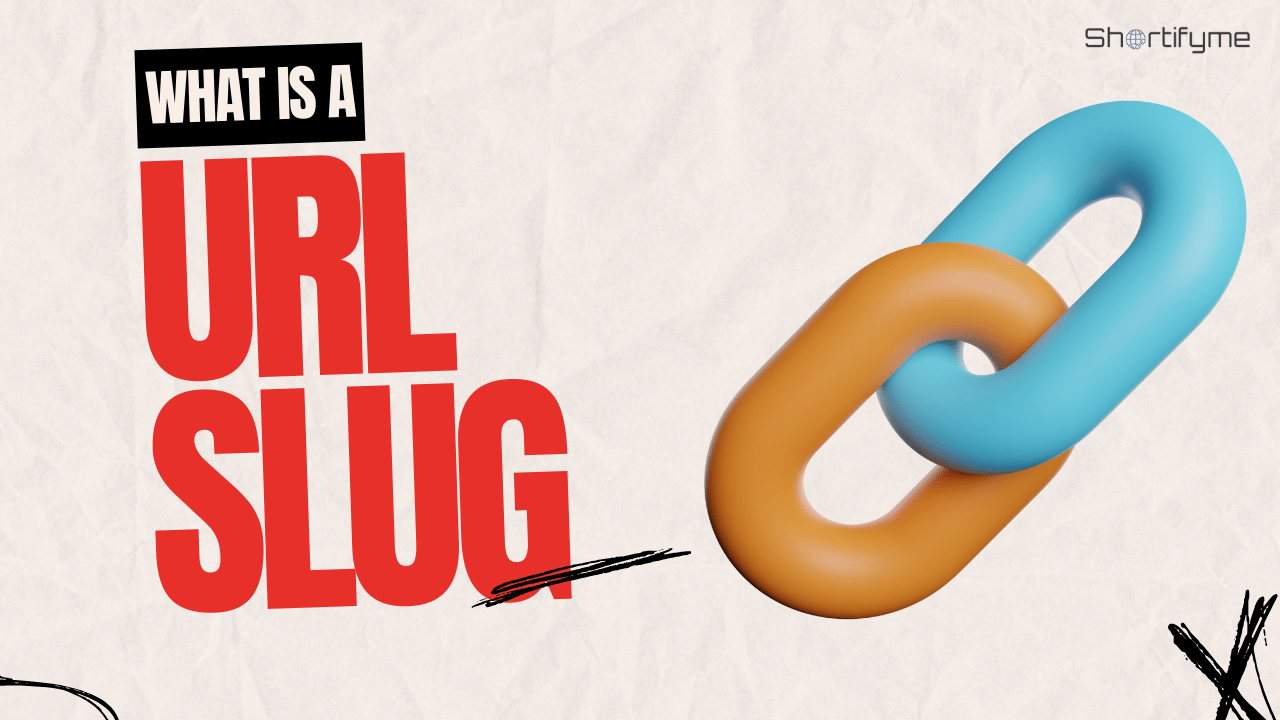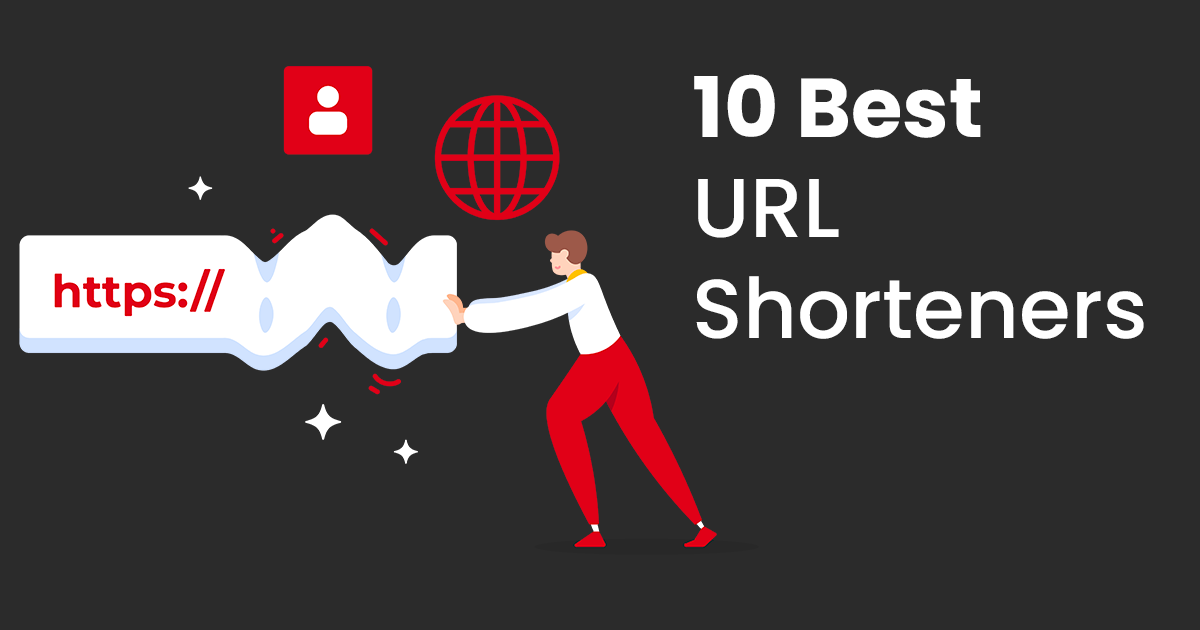Confused by those strange words at the end of a website address? Don’t worry, you’re not alone! They’re called URL slugs, and they’re like tiny signposts guiding people (and search engines) to the right content on your website.
Think of it as a secret code that unlocks hidden treasures! Ready to decipher this code and unlock the power of URL slugs? Let’s dive in!
What is a URL Slug?
A URL slug is the last part of the URL address that serves as a unique identifier of the page.
For example, the blog article you are reading now has a URL that looks like this:
https://www.ShortifyMe.com/blogs/what-is-a -url-slug/
Here the URL slug is “what-is-a-url-slug”.
Why is a URL Slug Important for SEO Ranking?
URL slugs play a pivotal role in SEO ranking. Search engines like Google prioritize websites that have clear, concise, and relevant URL structures. They use website structure and content to understand what each page is about.
Including target keywords in the URL slug can signal to search engine algorithms what the page is about, thereby improving its chances of ranking higher in search results.
Well-crafted URL slugs act as helpful signposts, guiding search engines to the right content and potentially boosting your website’s ranking for relevant keywords.
Consider the difference between these two URLs:
- Bad slug: https://example.com/blog/856985
- Good slug: https://example.com/blog/easy-homemade-chocolate-chip-cookies
Which one tells search engines (and humans!) what the page is about? The good slug, of course! It includes relevant keywords (“chocolate-chip-cookies”) and describes the content (“easy homemade”).
This helps search engines understand your page’s value and potentially rank it higher for searches related to those keywords.
URL slugs, those seemingly insignificant words at the end of a website address, hold surprising power when it comes to SEO ranking. Here’s why they matter:
1. Relevance Signals
Search engines like Google use URL slugs to understand the content of your webpage. A descriptive and relevant slug tells them what your page is about, making it easier for them to match it to relevant search queries.
2. User Experience
Clear and concise slugs make it easier for users to understand what they’re clicking on. This leads to higher click-through rates and reduced bounce rates, which are positive signals for search engines.
3. Keyword Targeting
Strategically including relevant keywords in your slug can slightly improve your ranking for those specific terms. Remember, prioritize readability over keyword stuffing.
4. Sharing and Social Media
A well-crafted slug is more likely to be shared and remembered, leading to more backlinks and organic traffic, which further boosts your SEO ranking.
5. Internal Linking
Using consistent slug formats for similar content helps search engines understand your website structure and content hierarchy, potentially improving your overall search performance.
Why are URL Slugs Important for User Experience?
URL slugs, those little guys at the end of website addresses, might seem trivial, but they play a critical role in user experience (UX). Here’s why:
1. Clarity
Imagine clicking on a link labeled “blog235.html” versus “5-tips-for-amazing-photos.” Which one tells you more about what to expect? Clear and descriptive slugs act like mini headlines, giving users a quick and accurate understanding of the content before they click.
2. Navigation
Ever feel lost on a website with cryptic URLs? Good slugs act as breadcrumbs, helping users navigate and understand the website structure. This makes it easier for them to find what they’re looking for and stay engaged.
3. Trust & Transparency
A well-crafted slug signals to users that the website is well-organized and transparent. It shows effort and care has been put into the content, building trust and encouraging users to explore further.
4. Sharing & Memory
Remember those long, messy URLs? Sharing them is a chore! Catchy and descriptive slugs are memorable and easier to share, making your content more likely to be spread organically.
5. Accessibility
Clear slugs benefit users with visual impairments or assistive technologies, who often rely on text descriptions to understand website content.
How to Create the Best URL Slugs for SEO
Now that we understand the importance of URL slugs, let’s delve into the art of crafting optimized slugs that enhance both SEO and user experience.
Be Descriptive
Good Example: https://www.example.com/blog/seo-best-practices
Bad Example: https://www.example.com/blog/page1
Descriptive slugs give users and search engines insight into the content of the page. Avoid generic slugs like “page1” and opt for descriptive phrases that accurately represent the content.
Incorporate Target Keywords
Good Example: https://www.example.com/blog/on-page-seo-tips
Bad Example: https://www.example.com/blog/article123
Including relevant keywords in the URL slug reinforces the topic of the page and improves its visibility in search engine results for those keywords.
Make it Short and Easy to Read
Good Example: https://www.example.com/blog/seo-tips
Bad Example:https://www.example.com/blog/10-seo-tips-for-beginners-to-improve-ranking
Keep slugs concise and easy to read. Long, convoluted slugs can be difficult to remember and may deter users from clicking on the link.
Separate Words
Good Example: https://www.example.com/blog/seo-strategy-guide
Bad Example: https://www.example.com/blog/seostrategyguide
Use hyphens to separate words in the slug, making it easier for both users and search engines to interpret.
Use Hyphens, Not Underscores
Good Example: https://www.example.com/blog/seo-tools-review
Bad Example: https://www.example.com/blog/seo_tools_review
Hyphens are preferred over underscores, as search engines treat hyphens as word separators, whereas underscores are considered part of the word.
Use Lowercase Characters
Good Example: https://www.example.com/blog/seo-trends-2024
Bad Example:https://www.example.com/blog/SEO-Trends-2024
Consistently use lowercase characters in slugs to avoid confusion and ensure uniformity.
Avoid Special Characters
Good Example: https://www.example.com/blog/seo-faqs
Bad Example: https://www.example.com/blog/seo&faqs
Special characters can cause issues with URL encoding and may not display correctly in all browsers. Stick to alphanumeric characters and hyphens.
Make It Future-Proof
Good Example: https://www.example.com/blog/seo-strategies
Bad Example: https://www.example.com/blog/latest-seo-tips
Avoid including time-sensitive terms like “latest” or “current” in slugs, as they can quickly become outdated.
Update Old Slugs
Good Example: https://www.example.com/blog/seo-guide
Bad Example (Outdated): https://www.example.com/blog/seo-tips
Regularly review and update outdated slugs to ensure they accurately reflect the content of the page.
Conclusion
URL slugs might seem like a small detail, but they pack a punch when it comes to SEO and user experience. By crafting clear, concise, and SEO-friendly slugs, you can guide search engines to your content, improve user engagement, and ultimately, achieve your website’s goals. Remember, these little “slugs” are your website’s silent heroes, so give them the attention they deserve!
Frequently Asked Questions (FAQ)
Do I need to use hyphens in my URL slugs?
Hyphens are generally recommended to separate words and improve readability. However, some platforms treat underscores differently, so stick to hyphens for consistency.
How long should my URL slug be?
Aim for 5-7 words maximum. Longer slugs can be confusing and negatively impact search engine indexing.
Can I change my URL slugs after publishing?
Yes, but proceed with caution. Use 301 redirects to ensure search engines and users know where the content has moved.
Are there any tools to help me create good URL slugs?
Yes! Many SEO tools and content management systems offer suggestions for creating optimized slugs.
What if I’m unsure about the best slug for a page?
Focus on clarity and accuracy. Use descriptive language that reflects the page’s content and consider incorporating relevant keywords naturally.



